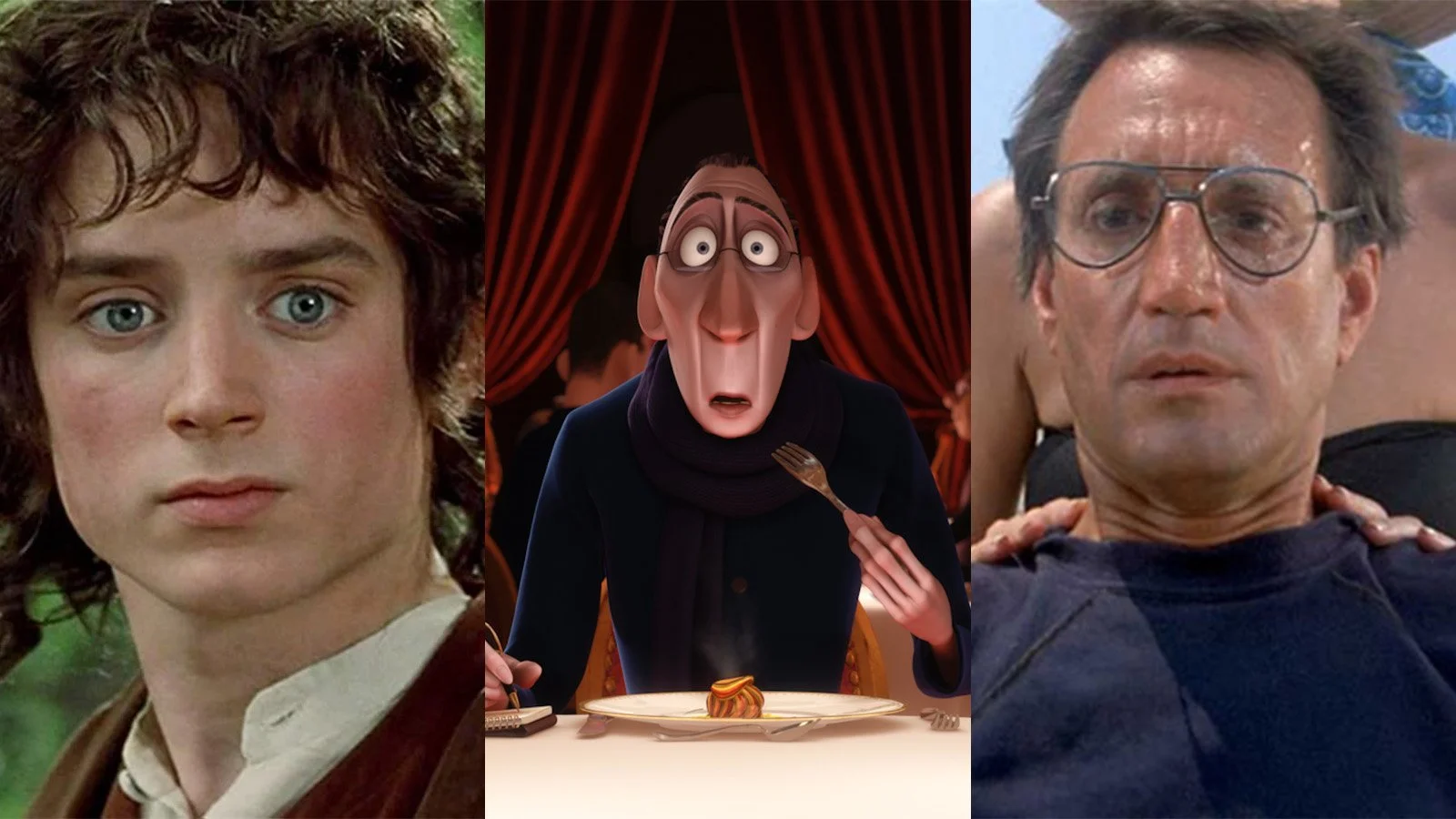Film opinion: The top three dolly zoom shots of all-time
Sometimes called the Hitchcock zoom, or the Vertigo effect, the dolly zoom is an absolute staple of the film industry.
Involving the physical movement of the camera set-up, alongside contrasting zoom in or out of an object, this type of shot can lock us into emotion, character, or location on the big screen.
Famously, dolly zoom shots can define a movie, and emphasise the importance of certain moments, so Film News Blitz’s Joe Matthews is here to take you through three of the most iconic uses of the technique put to film.
3: ‘The Lord of the Rings: The Fellowship of the Ring’ (2001)
The Lord of the Rings, based on J.R.R. Tolkien's famous works, encapsulates the fantasy-action film genre with three of the best films of the 21st century.
The first of those is The Lord of the Rings: The Fellowship of the Ring, from 2001, which sets young Hobbit, Frodo Baggins, on a fateful trail to destroy the One Ring.
Early on his quest, he and his compatriots, still yet to fully understand the gravity of their task, find themselves on an open road through the woods, which they were instructed to avoid.
Frodo, wary of forgetting this instruction, tells the group to get away before a sudden and piercing shriek is heard down the road, accompanied by a daunting gust of wind.
As he looks down the trail, a dolly zoom has the audience immersed in the moment, staring into the distance to try and see the incoming danger.
It is truly captivating, and in one moment, establishes that these foes, whom up to this point we have not yet seen, are truly fearsome.
It focuses us, and rips away any semblance of safety for our heroes.
2: ‘Ratatouille’ (2007)
The dolly zoom, however, is not just utilised in live-action films, but also in animated ones, and Ratatouille is arguably the best example of it.
Disney Pixar’s 2007 film follows Remy, a rat on the streets of Paris, with a passion for cooking, who becomes embroiled in the world of a hopeless garbage boy, Alfredo Linguini, when he struggles to fix a leek soup he accidentally ruined.
One key character is that of the terrifying food critic Anton Ego, whose stern exterior is amplified by his harsh and unforgiving criticism.
However, when Linguini, guided by Remy, makes Ego a dish of Ratatouille, it changes the critic for good.
Upon tasting the speciality, we see Ego, via dolly zoom, is transported back to his childhood memories of his mother cooking him the dish.
The zoom quickly changes the setting, taking us from the restaurant floor to his home kitchen.
It is a masterful use of the technique, and while it may go unnoticed to many viewers, it is part of what makes Ratatouille a modern classic.
1: ‘Jaws’ (1975)
Arguably one of the most famous and iconic films ever, Jaws was a film that helped make the dolly zoom a staple of cinema.
Following Amity Police Chief Martin Brody as he tries to save the summer swimmers from the dangers of a man-eating Great White Shark, director Steven Spielberg uses several techniques to heighten the suspense.
While it’s the soundtrack and overall sound design that does a good amount of heavy lifting, including the iconic foreboding two-note motif, there is one scene where the dolly zoom shows us that Brody’s fears have all come to life.
With holiday makers opting against shutting beaches despite the dangers of shark attacks, Brody finds himself utterly restless watching beach-goers flock to the waters of the island.
Hearing the cheers and sounds of children playing in the water, Roy Scheider’s character is totally unnerved, before his wife, played by Lorraine Gary, attempts to calm him down.
Then suddenly, a deafening cry awakens him from his moment of peace, before a dolly zoom shows us that his greatest fears have come to life.
At the start of the shot, he is still trying to work out whether the threat is real, and by the end, he is truly terrified and thrust into action.
Over the years, the dolly zoom truly has become a key part of modern filmmaking, with many films aimlessly using it, maybe even just for its dynamism on screen.
But, used right, it can pull the audience into the screen, making them feel truly immersed in the emotion of the moment.
Its use in The Lord of the Rings: Fellowship of the Ring, Ratatouille, and Jaws stand as an example of the power of filmmaking tricks developed throughout decades of refinement and experimentation.
READ NEXT: Film news: Uma Thurman joins Woodstock Film Festival board

